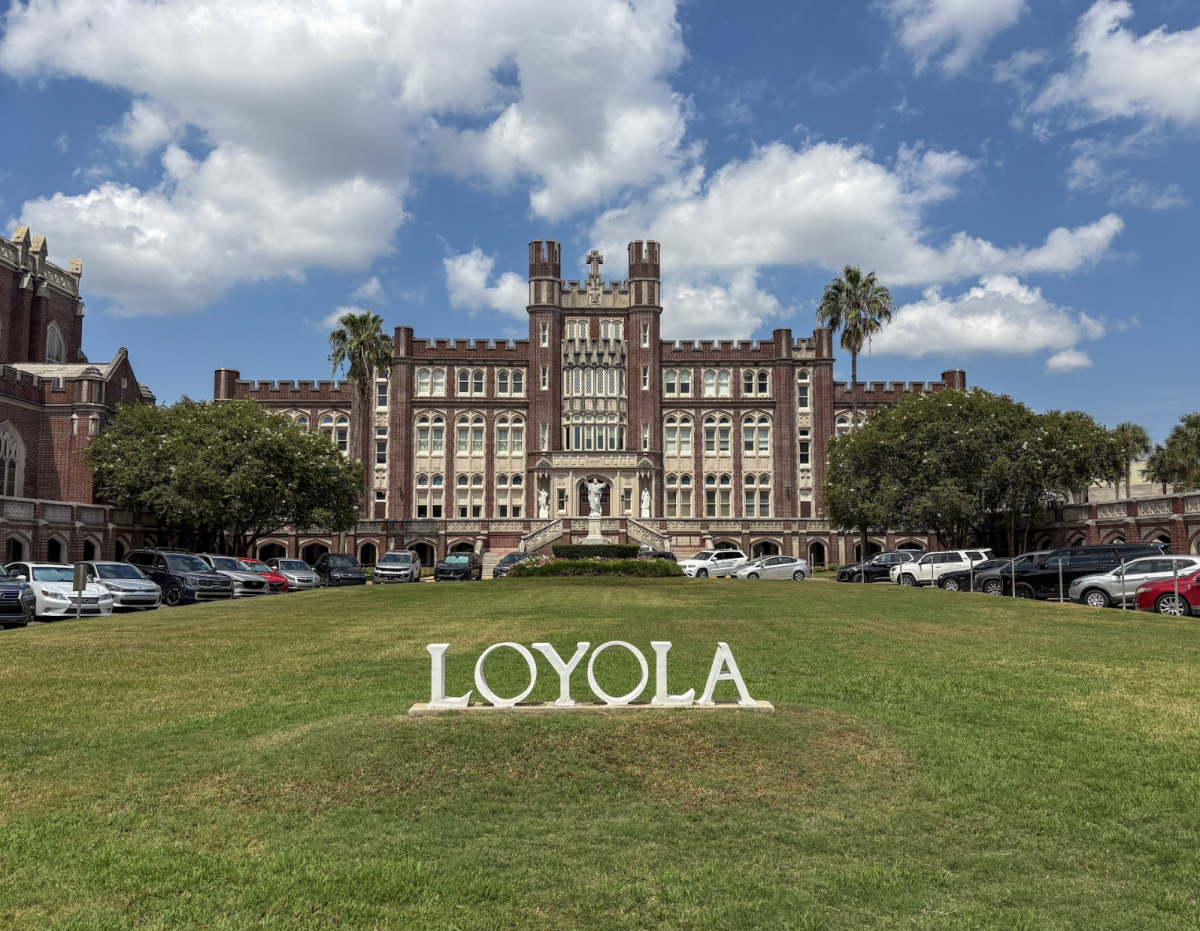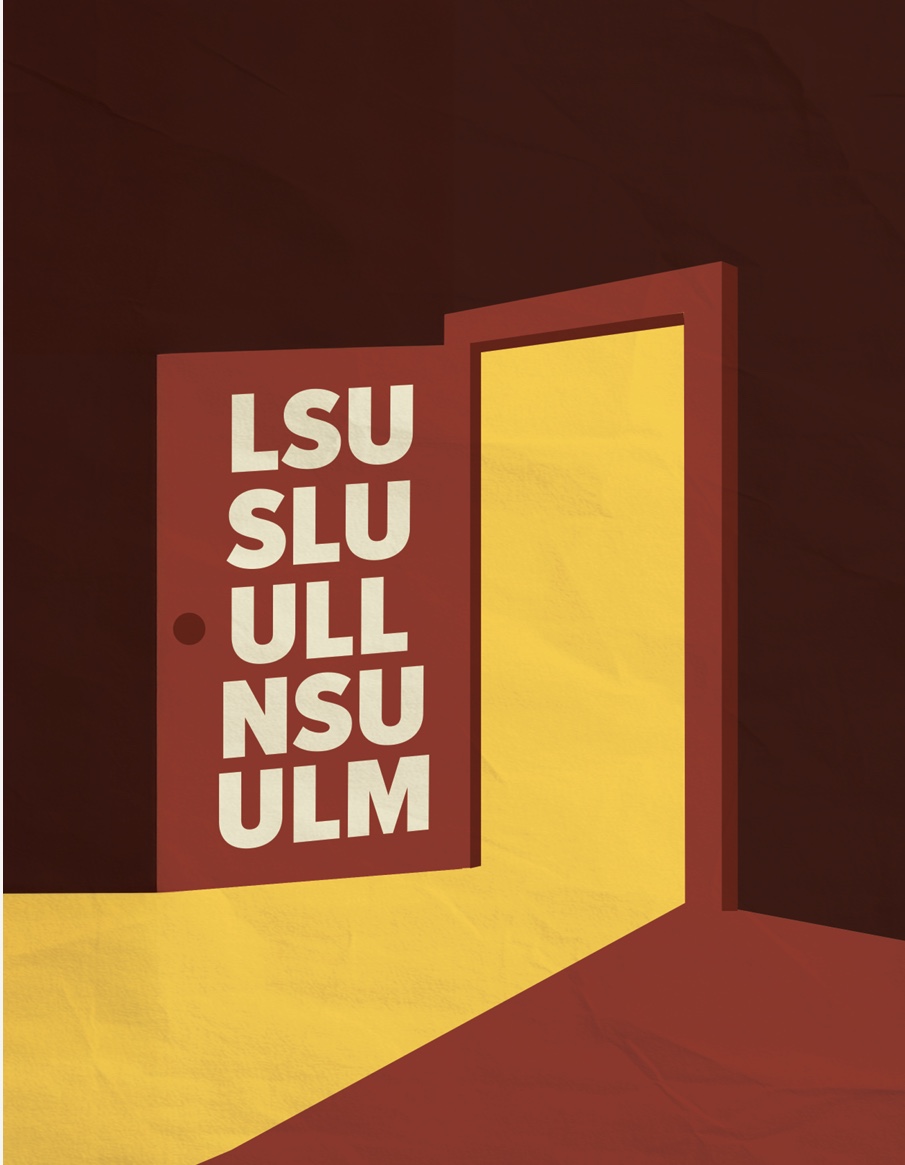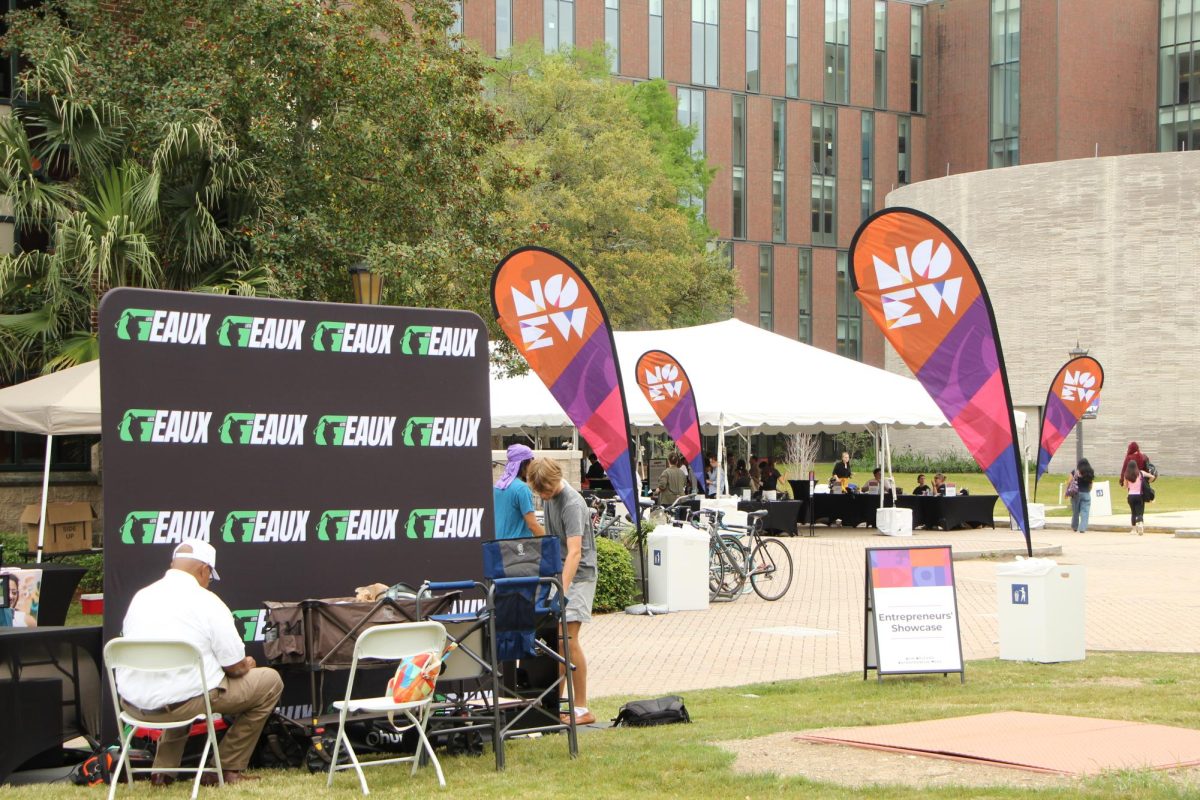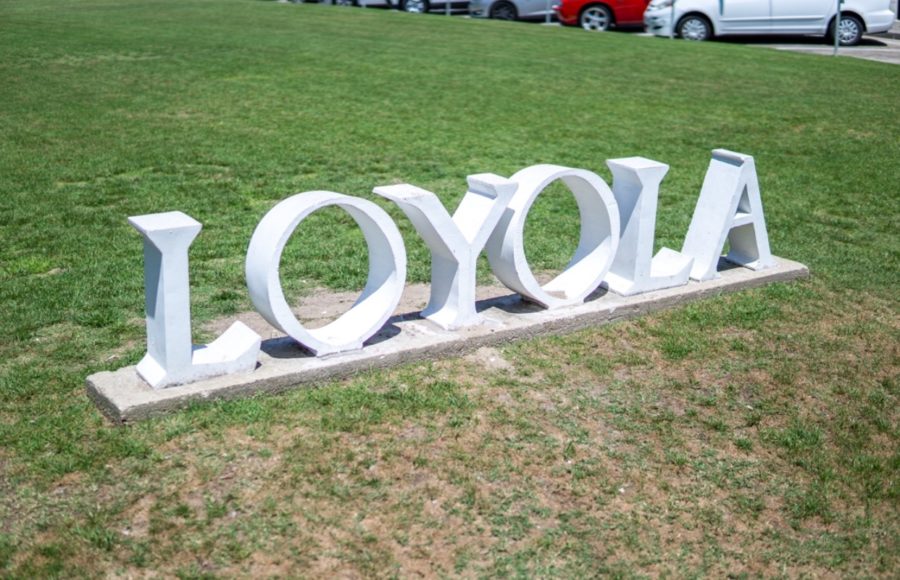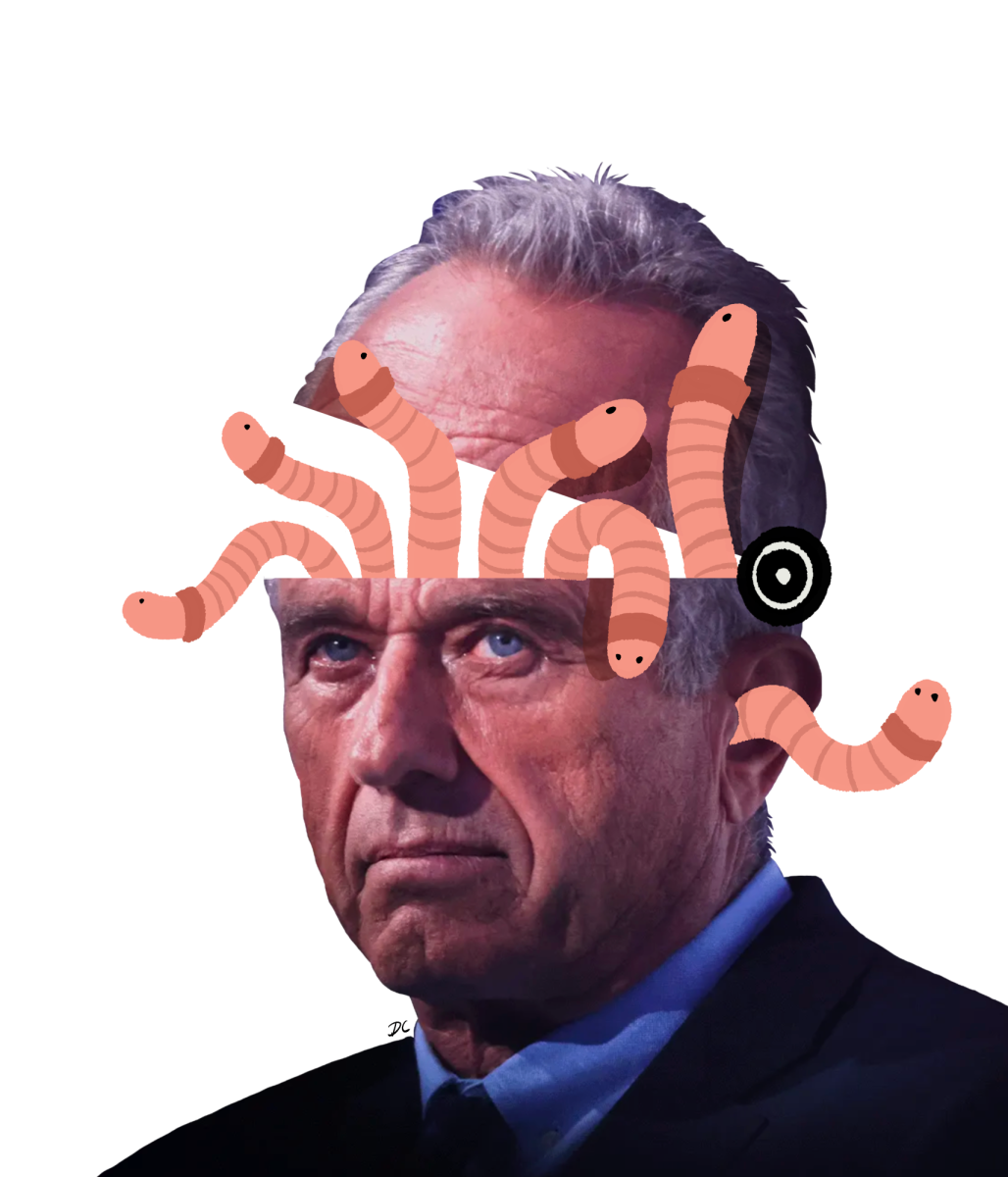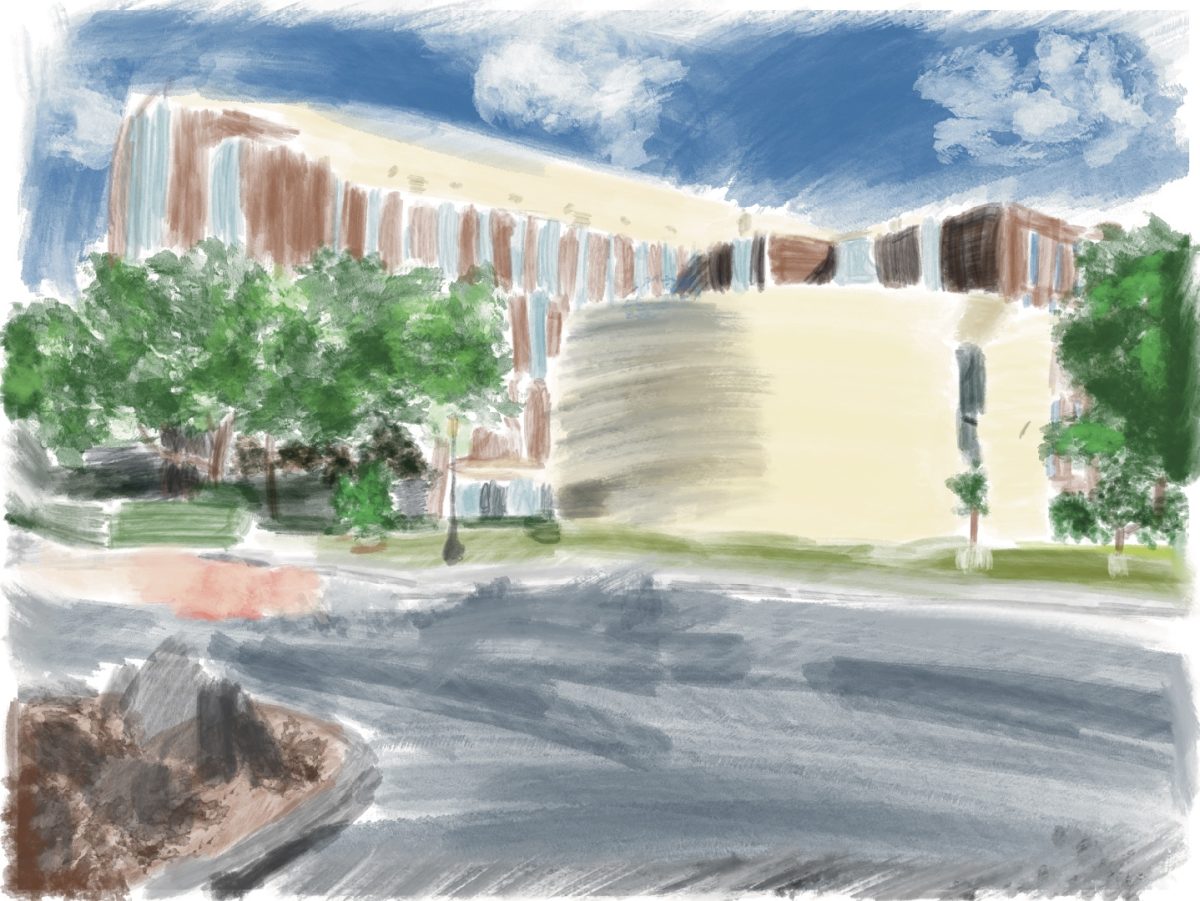News of the bomb threat made last semester has raised much concern around campus. Perhaps more controversial, however, is the lack of information given to members of the Loyola community about the incident.
It took nearly a month for students and faculty to hear of the threat to shoot five professors and bomb Monroe Hall. Furthermore, when the information was finally delivered, the source was not the university itself. In fact, two months after the initial event, Loyola has still not officially addressed the threat that led to an FBI investigation and the subsequent arrest of Evelyn Hubbard.
Loyola’s justification for its silence has rested upon Loyola University Police Department’s initial judgment that the threat was not credible. Upon receiving the hostile emails, LUPD determined that the threat was not plausible and, thus, necessitated no evacuation to protect campus. This determination, however, raises further questions.
While students, faculty and staff are not qualified to critique LUPD’s conclusion concerning the threat’s credibility, it is appropriate for us to desire more information about the criteria used in such a situation. Given the extremely short time span between when the first email was sent and when the incident was supposedly planned, how was university police able to reliably determine the threat unbelievable so quickly? Under what conditions would a threat be worthy of evacuation? And under what conditions would LUPD decide that it is better to be safe than sorry? Little information has been given on how university police handled this determination. However, when our lives are in danger, surely we have a right to know something about the mechanisms that are in place to protect us.
In addition to these questions, Loyola’s continued silence about the threat remains a chief concern. Whether or not the threat was, indeed, deemed credible is irrelevant to the university’s decision to keep its members in the dark. The fact that a direct threat on the life of individuals was unlikely to be executed does not diminish the violation, and it is perfectly reasonable for individuals to expect notification about any such threats. It seems unacceptable that neither students nor faculty implicated in the threat were notified of the danger, even after the fact.
When threats such as the one made on Nov. 17 arise, it is the lives of Loyola students, faculty and staff that are in jeopardy. When public safety is at stake, it is certainly a matter that must be brought to the public’s attention. Failing to do so — even simply to elucidate the process by which the situation was handled — is a disservice to members of the Loyola community and a cause of extreme concern.


